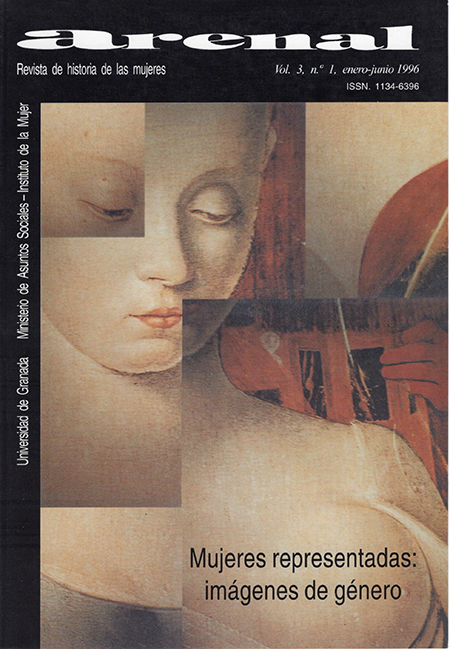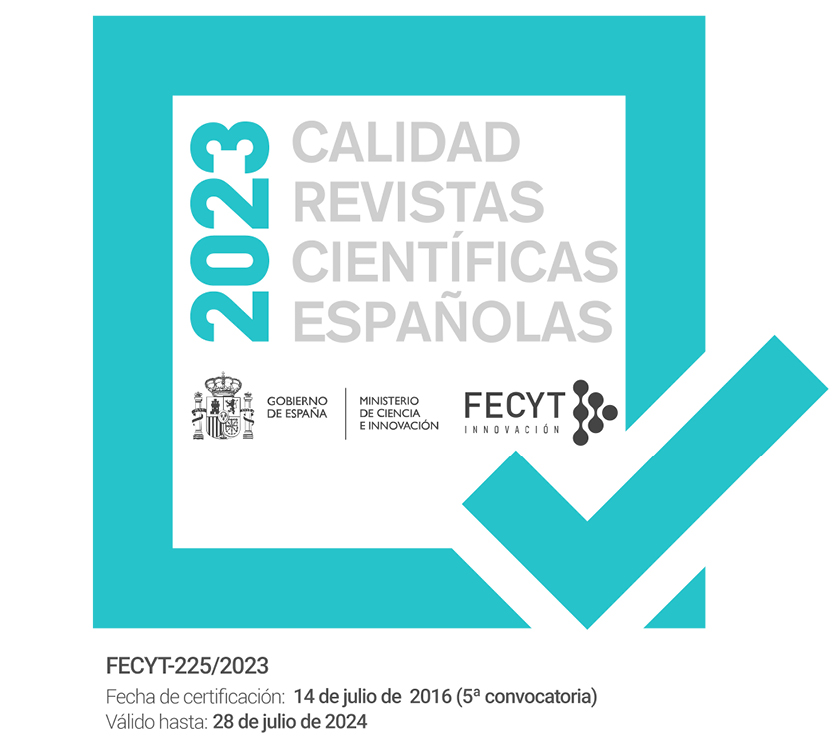Images of women, words of men. Beauty in Venice betwen last fifteenth and early sixteenth centuries
Keywords:
Words and images, Meanings of images in renacentist and postridentine catholicism, Venuses and neoplatonism, Tiziano and Micheangelo, Venice and FlorenceAbstract
Images leave messages in our subconsciousness which are left without translation into
words. Images are communicated by avoiding barriers of conscious watchfullness. In order to
evangelize the faithfull Christianity uses the sacred images which have normative symbolic
value and are deliberately used to achieve inconscious persuasion. The dialectic of words and
images has much more significance in Catholic countries than in Protestant ones. The normative
nature of the image of Mary influences on any other women image in Catholic countries and
constitutes the implicit pattern for the self-image that women wish to offer. Meanings of
Tiziano's table “Sacred love and profane love” (Venice, 1515) are discussed. A woman —a
naked one— represents sacred love, whercas the other (the same woman) —a dressed one—
represents profane love. Venus embodies an active erotic aesthetic feminine-motherly form of the sacred, along with a passive chaste theological femine-motherly form of the sacred. The
neoplatonic feminine outlining varies from Florence to Venice.
Downloads
Downloads
Published
How to Cite
Issue
Section
License
Los/as autores/as que publican en esta revista están de acuerdo con los siguientes términos:
Los autores/as conservarán sus derechos de autor y garantizarán a la revista el derecho de primera publicación de su obra, el cuál estará simultáneamente sujeto a la Licencia de reconocimiento de Creative Commons 4.0 BY-NC-ND que permite a terceros compartir la obra siempre que se indique su autor y su primera publicación esta revista.
Los autores/as podrán adoptar otros acuerdos de licencia no exclusiva de distribución de la versión de la obra publicada (p. ej.: depositarla en un archivo telemático institucional o publicarla en un volumen monográfico) siempre que se indique la publicación inicial en esta revista.
Se permite y recomienda a los autores/as difundir su obra a través de Internet (p. ej.: en archivos telemáticos institucionales o en su página web) antes y durante el proceso de envío, lo cual puede producir intercambios interesantes y aumentar las citas de la obra publicada. (Véase El efecto del acceso abierto).














